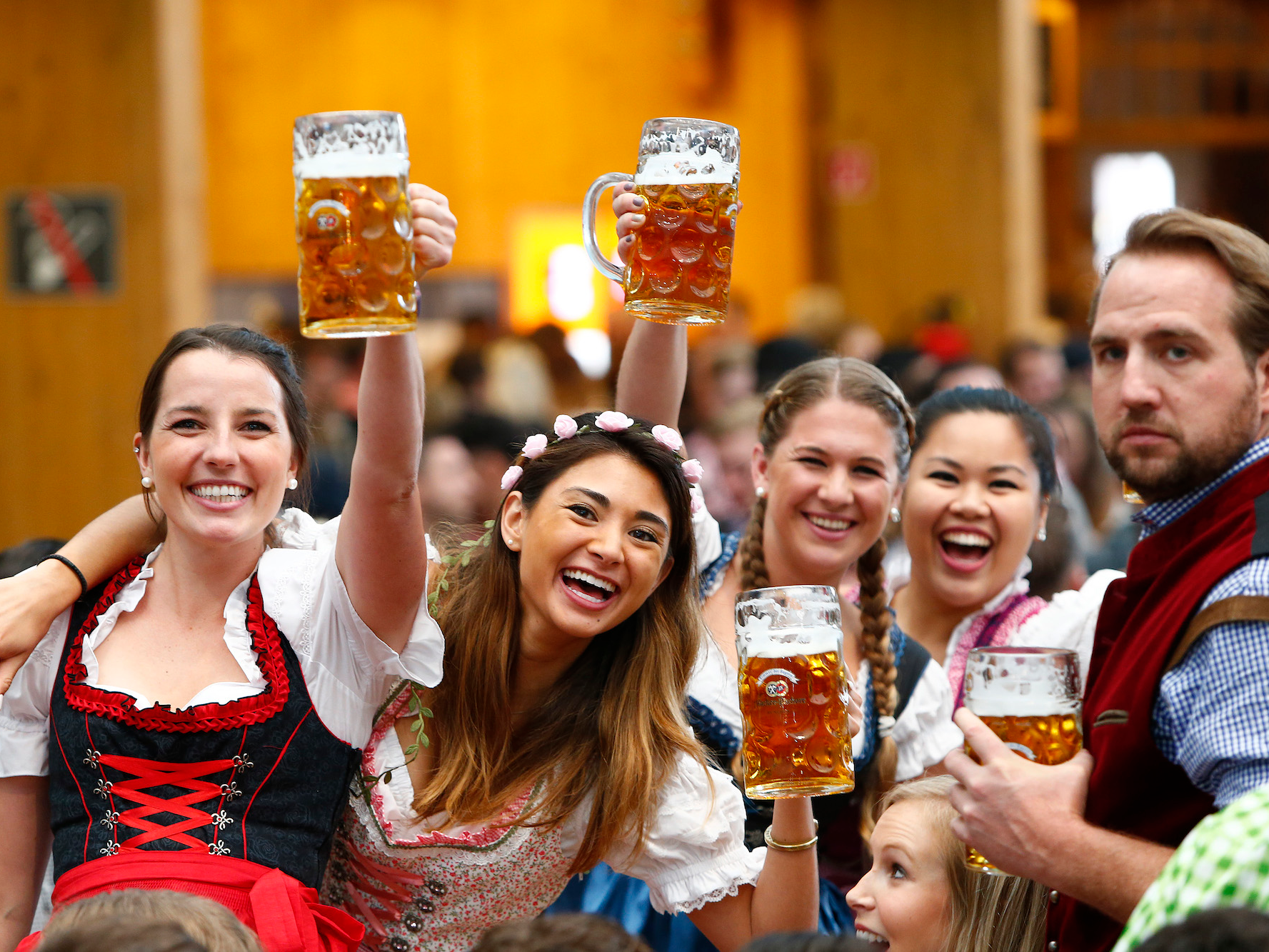- An estimated $661 billion worth of beer was sold around the world in 2017.
- Of the 10 most popular beers in the world, half are nearly unknown in the United States.
- Here are the 10 biggest brands in beer.
The most popular beers in the world aren’t necessarily the ones most Americans would expect.
Globally, the beer industry sold $661 billion worth of beer in 2017. While craft beer is on the rise, it makes up just a tiny percentage of those sales.
Instead, the biggest brands in beer dominate the industry. The top 50 biggest beer brands in the world account for 48% of beer consumption, according to a report by Bank of America Merill Lynch.
And, some of these mega-brands are names that Americans have likely never heard of, much less tasted. Of the 10 most-popular beers in the world, half are nearly unknown in the United States.
Here were the 10 biggest brands in beer in 2017, according to global sales by volume as estimated by GlobalData Consumer:
10. Coors
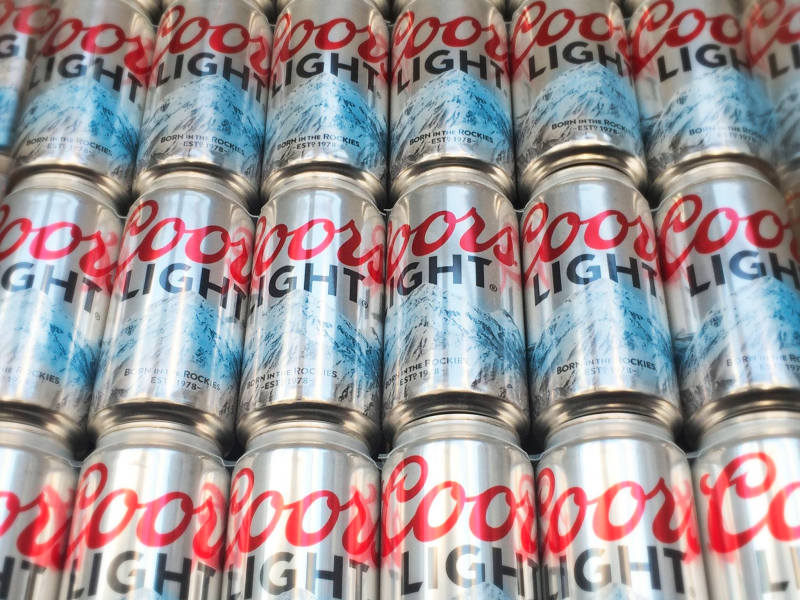
Estimated 2017 hectoliters: 26.5 million
Chicago-based MillerCoors - owned by Molson Coors - is scrambling to boost Coors Light sales. Earlier in September, the brewer announced that it was restructuring, eliminating roughly 350 salaried positions across the company.
"We are moving quickly and decisively to get our business back on track," MillerCoors CEO Gavin Hattersley said in an email to distributors, according to a news report on the company's website.
9. Corona
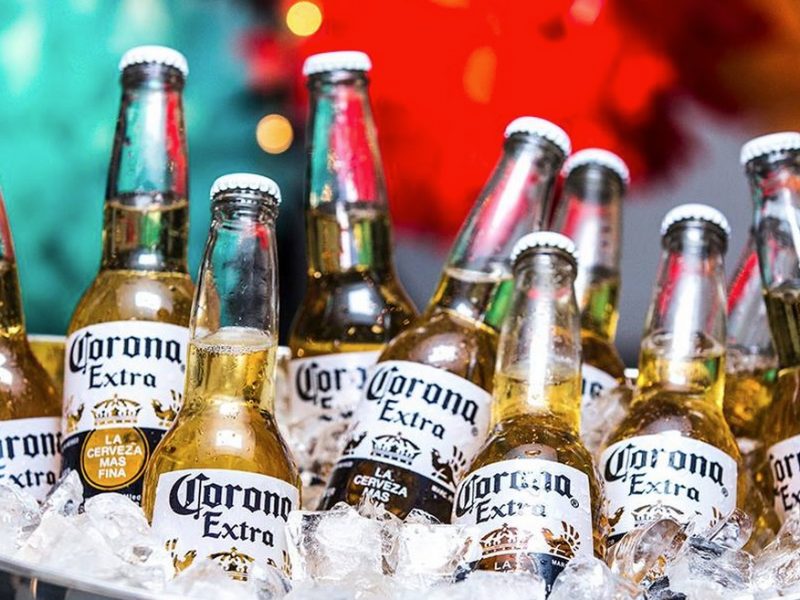
Estimated 2017 hectoliters: 28.8 million
Corona's business is booming outside of Mexico, with imports making up an increasing portion of the brand's business. Constellation Brands, which imports, markets, and distributes Corona in the US, reported that beer sales grew 10% in 2017, driven in part by Americans' growing desire for Mexican beer.
8. Yanjing
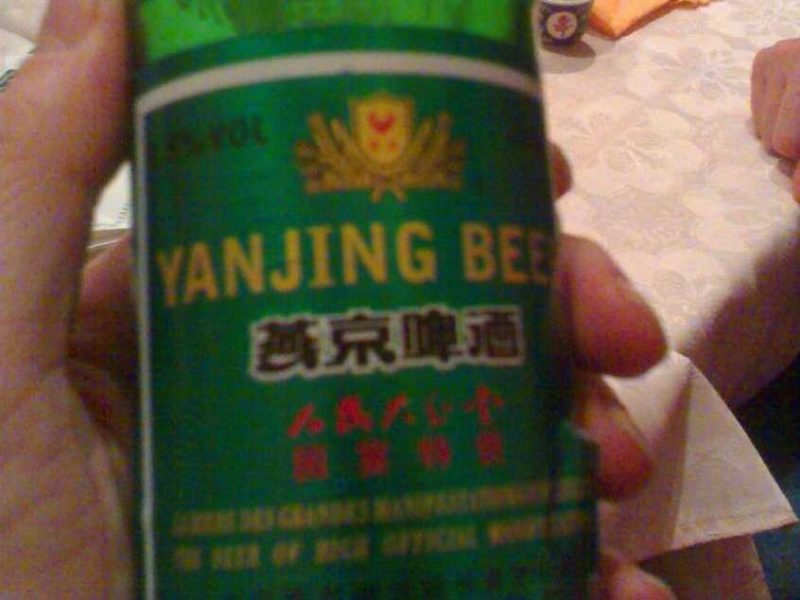
Estimated 2017 hectoliters: 29.7 million
Yanjing is a Chinese brand that was created in 1980. In the first half of 2018, Yanjing Beer reported revenue of HK$6.64 billion during the period, or roughly $850 million, a year-on-year increase of 8.9%.
"Yanjing Beer followed positively the new trends of being younger, fashionable and personalized in beer consumption in China and achieved increase in its average selling price per ton of beer," parent company Beijing Enterprises Holdings Limited said in a press release in late August.
7. Harbin
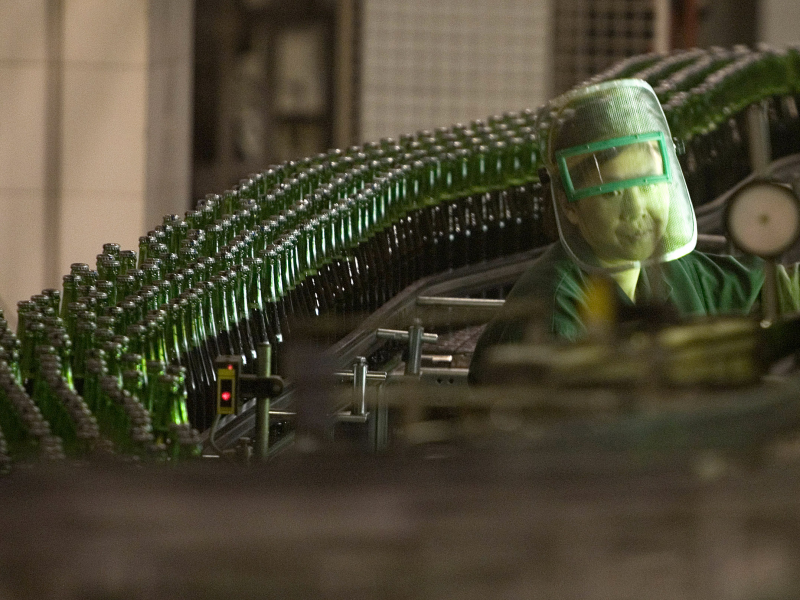
Estimated 2017 hectoliters: 29.9 million
Harbin claims to have China's oldest brewery. The brew has a large following in Northeast China, where it originated, but is actually owned by Anheuser-Busch InBev.
AB InBev and SAB Miller battled for Harbin in 2004 in a bidding war in which AB InBev (the parent company of Budweiser and Bud Light) emerged victorious with a deal that valued Harbin brewery at $720 million.
6. Heineken
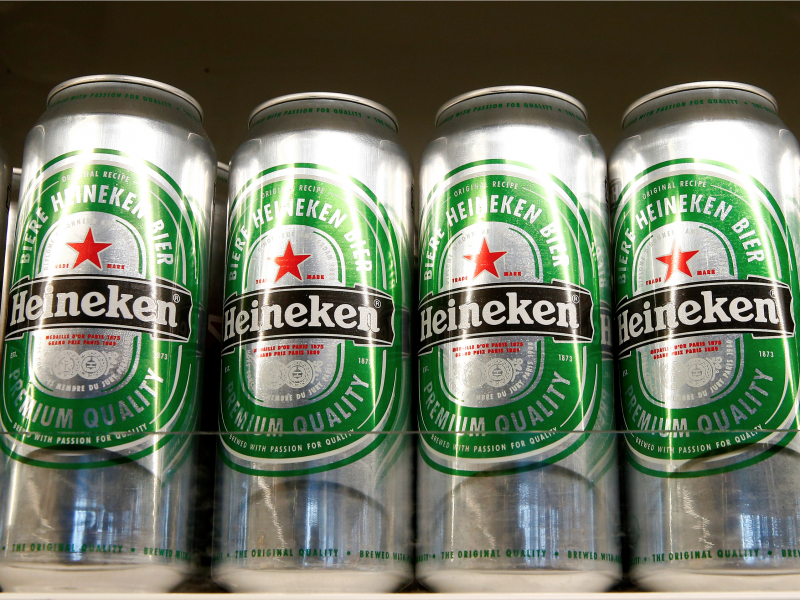
Estimated 2017 hectoliters: 34.3 million
While Dutch brewer Heineken's namesake beer is in the top 10 biggest beer brands in the world, the company is increasingly dabbling in some unexpected brews in 2018.
In August, Lagunitas, Heineken's California beer label, debuted a nonalcoholic beverage made with THC, called Hi-Fi Hops. The $8 drink is available in a handful of marijuana dispensaries in California, where the drug is legal.
5. Skol
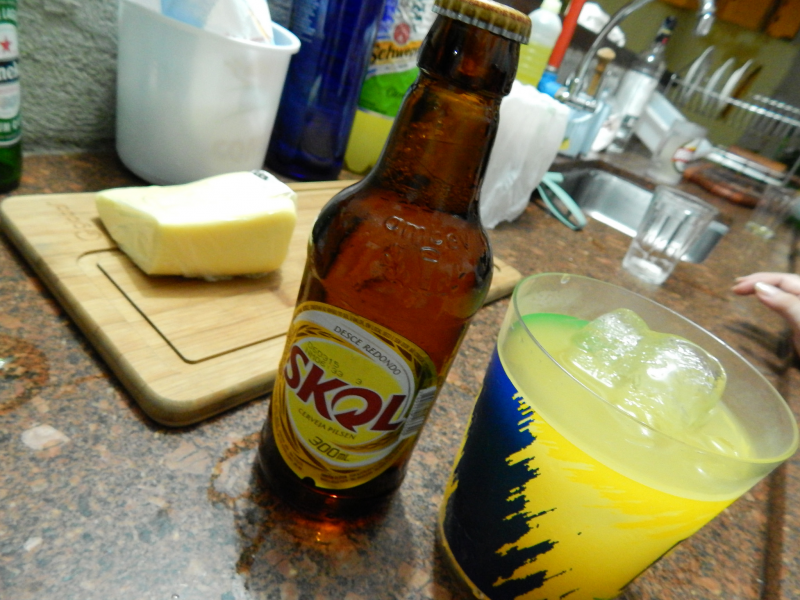
Estimated 2017 hectoliters: 35.1 million
Skol was crafted by a combination of British, Canadian, Swedish, and Belgian breweries, with the goal of creating an international lager. Today, the AB InBev-owned brand is almost entirely sold in Brazil.
4. Bud Light
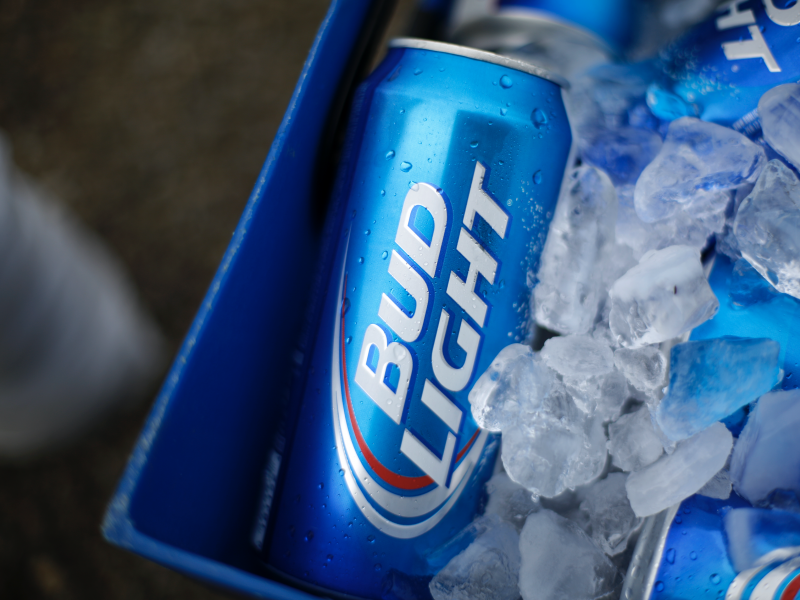
Estimated 2017 hectoliters: 44.8 million
While Bud Light is still No. 1 in sales in the US, it's in the No. 4 slot worldwide. Despite its popularity, the brand has struggled to grow sales in recent years.
In 2017, parent company AB InBev built buzz around the brand with the viral "Dilly Dilly" campaign. However, it was unable to stop the continue negative trend in Bud Light's share of the market.
3. Tsingtao
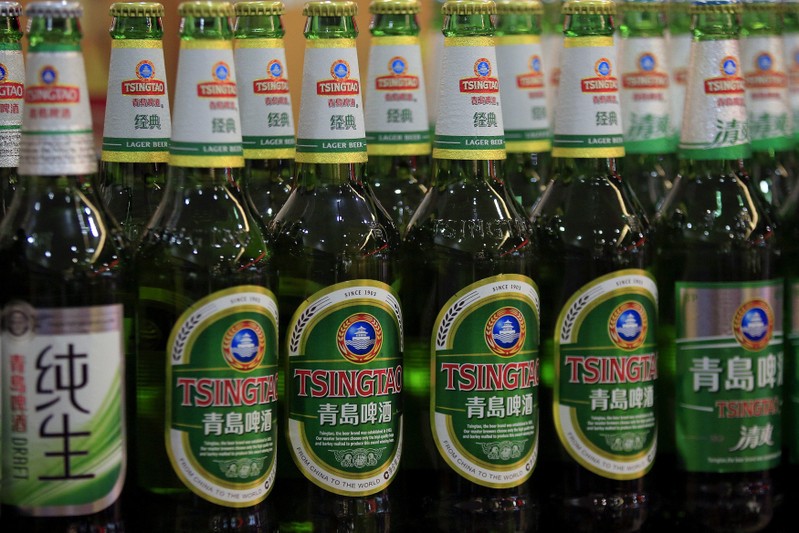
Estimated 2017 hectoliters: 49.0 million
Tsingtao is sold almost entirely in China, where it is often served in 640-milliliter bottles along with a glass of ice or, perhaps, even sipped through a straw out of a bag. The beer's history begins in 1903, under the name Germania-Brauerei.
Tsingtao Brewery reported in late August that profits grew 13.4% in the first half of 2018, thanks in part to cost-cutting measures.
2. Budweiser
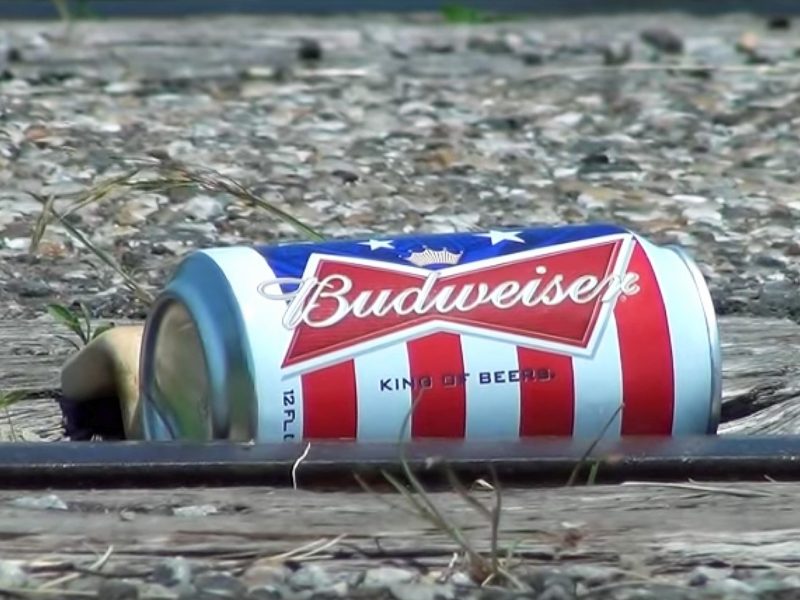
Estimated 2017 hectoliters: 49.2 million
The king of beers isn't quite the king of the world, but it is close.
However, Budweiser is struggling to stay in control. Anheuser-Busch InBev sales dropped by 3.1% in the second quarter as both Bud Light and Budweiser failed to grow market share.
1. Snow
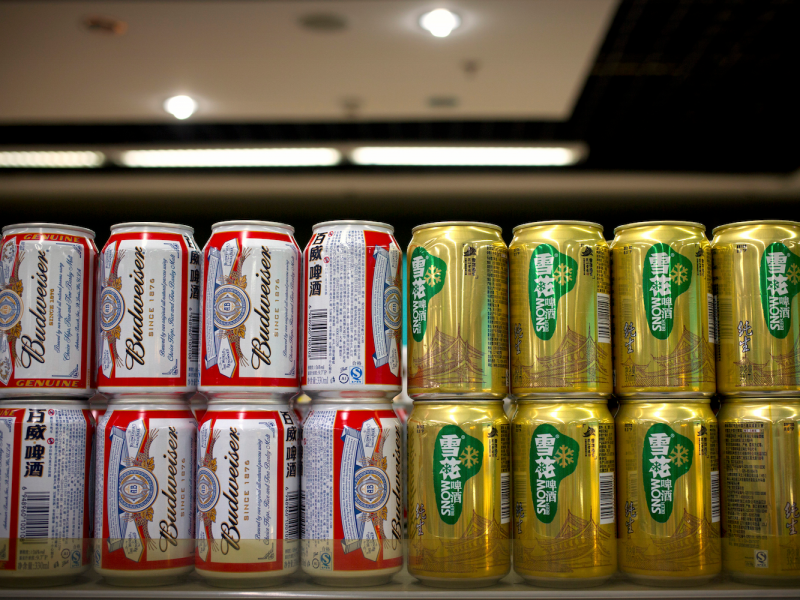
Estimated 2017 hectoliters: 101.2 million
Far and away the most popular beer in the world is Snow, more than doubling Budweiser's sales by volume.
The power of Snow is drawing the attention of other beer giants. Early in August, Heineken announced plans to take a 40% stake in CRH Beer Limited (CBL), the largest beer producer in China and Snow's parent company.
